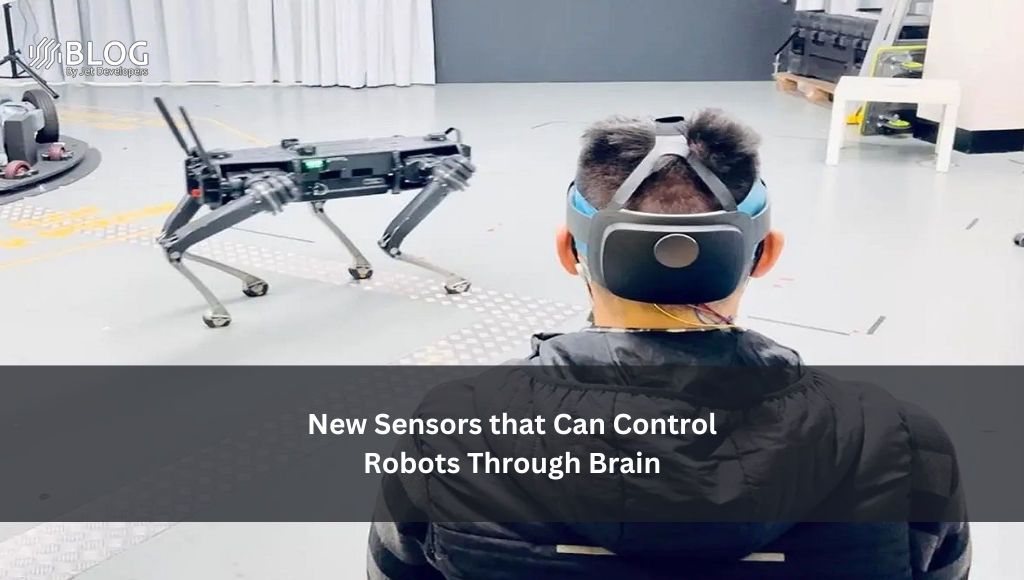Researchers Develop New Sensors that Can Control Robots Through Brain, A recent study published in the journal ACS Applied Nano Materials contributed to the idea that robots can be directly controlled by the human brain via 3D-patterned sensors. These new sensors do not rely on sticky conductive gels, according to scientists. The “dry” sensors can capture the brain’s electrical activity regardless of the hair and the bumps and curves of the head.
Researchers at UTS Developing the New Sensors:
Researchers at the University of Technology Sydney (UTS) have built biosensor technology that will allow enabling robots and machines to be operated fully by mind control. The improved brain-computer interface was developed by Distinguished Professor Chin-Teng Lin and Professor Francesca Iacopi of the UTS Faculty of Engineering and IT in collaboration with the Australian Army and the Defence Centre.
Applications of the new technology:
In addition to military applications, the technology has enormous potential in areas such as advanced manufacturing, aerospace, and healthcare, where it might enable those with impairments to operate wheelchairs or prostheses.
Doctors use electroencephalography (EEG) to monitor electrical impulses from the brain by implanting or putting specialized electrodes on the head’s surface. In addition to aiding in the diagnosis of neurological disorders, EEG may also be utilized in “brain-machine interfaces,” which use brain waves to control an external item such as a prosthetic limb, robot, or video game.
The majority of non-invasive variants use “wet” sensors that attach to the scalp using a thick gel that might irritate the scalp and occasionally induce allergic reactions. Therefore, researchers have been developing “dry” sensors that do not require gels as a substitute. However, none have performed as well as the “wet” sensors that are the industry standard. Nanomaterials such as graphene may be a feasible option, but their flat and frequently flaky nature renders them incompatible with the irregular contours of the human skull, particularly over extended durations.
3D graphene-based sensor
In order to tackle it, Francesca Iacopi and her colleagues set out to create a 3D graphene-based sensor based on polycrystalline graphene that could reliably record brain activity without adhering. Each of the several graphene-coated three-dimensional structures constructed by the researchers was 10 meters thick. On the curved, hairy surface of the occipital region — the area at the base of the skull where the visual cortex of the brain resides — a hexagonal pattern performed the best of the evaluated patterns. Eight of these sensors were attached to the back of the head by an elastic headband containing eight sensors.
When paired with an augmented reality headset that provided visual cues, the electrodes could identify which line was being studied and then work with a computer to transform the signals into commands that controlled the movement of a four-legged robot — without the need for any physical controls.
Nevertheless, the new electrodes did not work as well as the wet sensors. On the other hand, the researchers believe their study is a first step towards developing durable, readily deployable dry sensors that will assist in expanding the applications of brain-machine interfaces.






